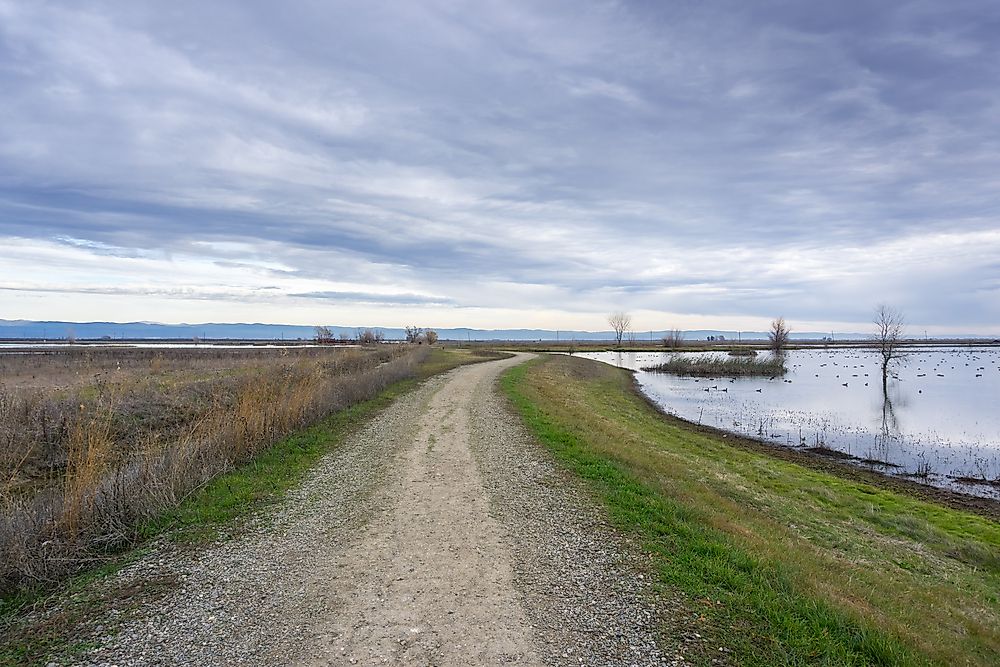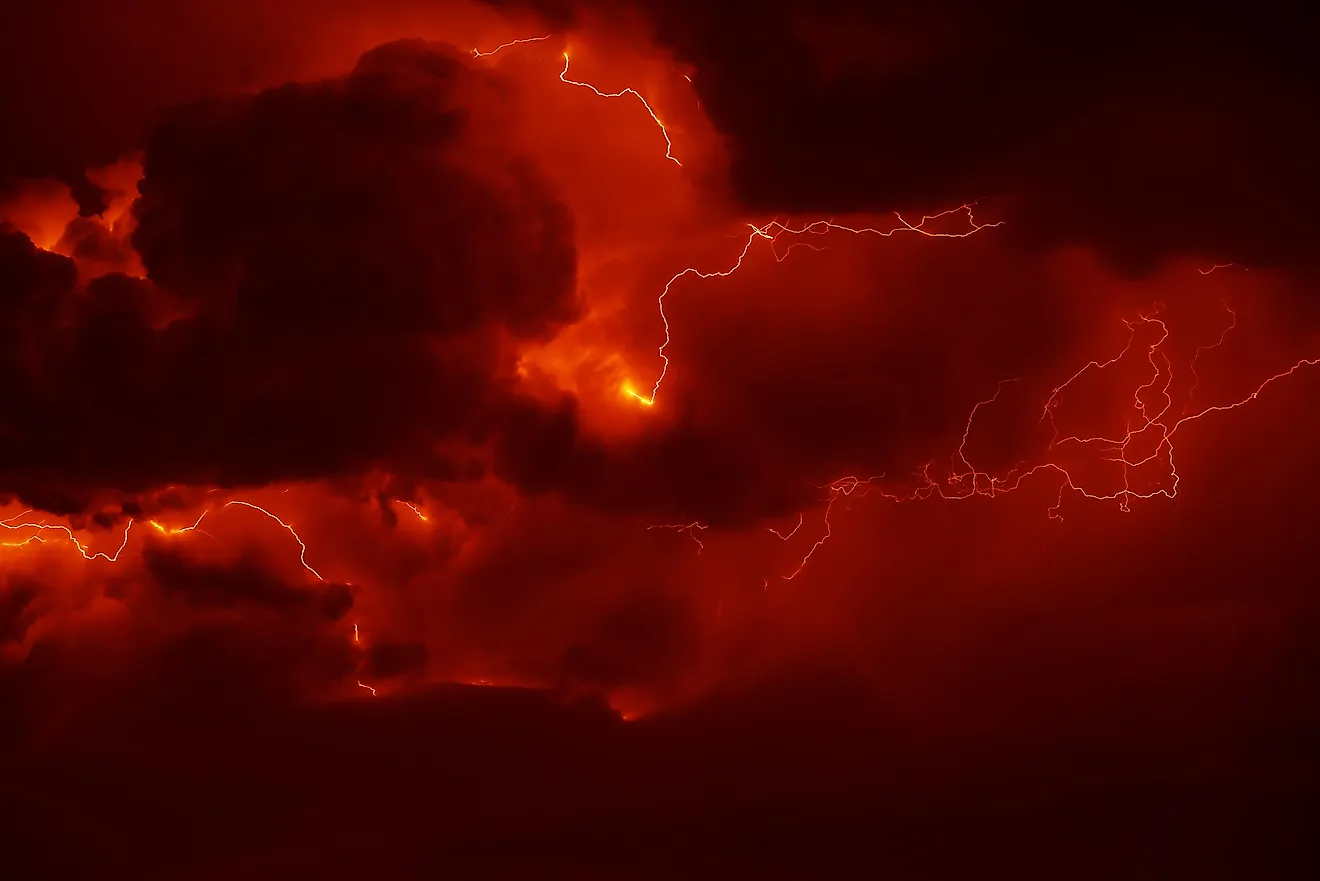What Is a Levee?

A levee is an artificial or natural wall that prevents water from leaving its course. It can also be used to divert the river to increase land for construction. In some countries, levees are used to prevent water from flowing inland from the sea or diverting the river's course revealing fertile soil. They can also be used to prevent rivers from overflowing into cities during storms. They are very important features but if they break the consequences are disastrous.
How Do Levees Occur?
A majority of levees form from earth material. The flow of a water body pushes river sediments to the sides thus creating a levee. The riverbank forms a levee made of silk, sediment and other material such as dead plants to the side as the water flows. They stretch parallel to the river and control the flow. Natural levees can be reinforced using artificial material. In cases where levees do not exist, then artificial ones are constructed. They are made by piling rocks, sand and soil along the river bank. When the river flow is too strong they can be made of metal, wood, or plastic material. In some places, they are made of concrete.
Disadvantages
Artificial levees are constructed to prevent flooding but they create a new problem by channeling the river through a narrow opening. When water is channeled through a narrow opening its power and height increases. More pressure is exerted on levees downstream making the water even more difficult to control. In 2005, Hurricane Katrina led to a storm that flooded the Mississippi River, the levees of the river were overwhelmed leaving 80 percent of New Orleans under water.
History Of Levees
By 2500 BCE, civilization in what is today Mohenjo Daro, Pakistan, built levees to protect their plants from floods. Apart from controlling the flow of water, levees were used to protect villages from invaders In 1938 the Chinese intentionally broke the levees along the Yellow River to deter Japanese forces from crossing into their territory. About 500,000 Chinese and Japanese died as a result of the floods.
Sea Levees
A majority of the leaves are used to control the flow of the river but others are built along the coast. The Netherlands is a prime example of how dams levees and dikes can be used to control tides. The reclaimed land is then used for agricultural or residential use. A levee was also constructed along the coast of the bay of Fundy in Nova Scotia and New Brunswick to prevent high tides from flowing inland.











